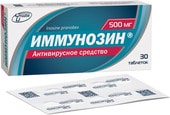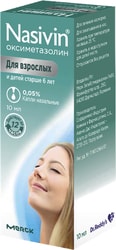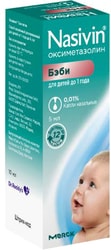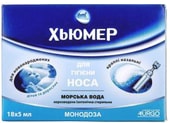This comprehensive guide details the use of seven articulation probes designed according to the methodology of F.A. Rau, a renowned expert in speech therapy. These probes are invaluable tools for correcting various speech sound disorders in children and adults. Each probe facilitates specific articulatory movements, aiding in the accurate production of sounds often affected by speech impediments.
This probe assists in the production of sibilant (Ш - sh) and velar (К - k) sounds. For sibilants, guide the child to form a "cup" shape with their tongue. Gently insert the probe under the tongue, positioning the "cup" behind the upper teeth. Encourage the child to blow gently onto the tongue. If cheek puffing occurs, gently hold the cheeks with your thumb and forefinger. For velar sounds (К - k), have the child repeat "ta-ta-ta," while using the probe to gently guide the tongue backward towards the velum (soft palate). The sound should gradually transition to "ka-ka-ka."
This probe is specifically designed to facilitate the production of the "Р" (r) sound. With the child's mouth wide open, have them raise their tongue behind the alveolar ridge (the bumpy area behind the upper teeth) and repeatedly produce the "Д" (d) sound. Use the probe to create gentle, transverse vibrations under the tongue. This will stimulate the tongue to vibrate, producing the "r" sound.
This probe is used to shape the tongue into the correct groove for accurate articulation of fricative sounds, particularly "С" (s). This helps correct lisps and other articulation difficulties.
This probe is specifically designed to correct interdental sigmatism (lisping where the tongue protrudes between the teeth) for fricative sounds. The probe conveniently holds the tongue tip behind the lower incisors, promoting proper tongue placement.
This probe offers an alternative method for producing sibilant sounds (Ш - sh). Assuming the child can correctly produce "С" (s), gently insert the probe under the tongue. Ask the child to say "s" while simultaneously using the probe to lift the tongue towards the upper teeth. This will produce a sound similar to "sh."
This probe helps correct articulation of the "Л" (l) sound, especially addressing issues with its softening. Gently press the probe against the back of the tongue to reduce the softening of the "l" sound.
This probe facilitates the creation of the "groove" necessary for producing the "С" (s) sound, offering a different approach to proper articulation compared to probe 3.





